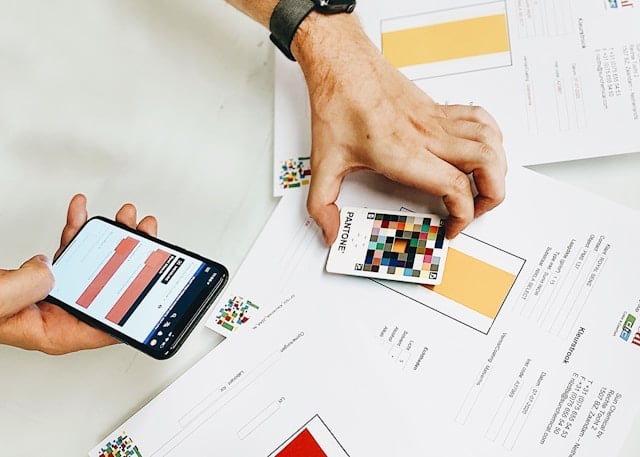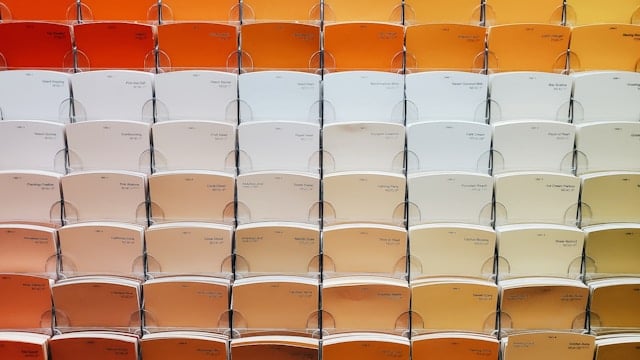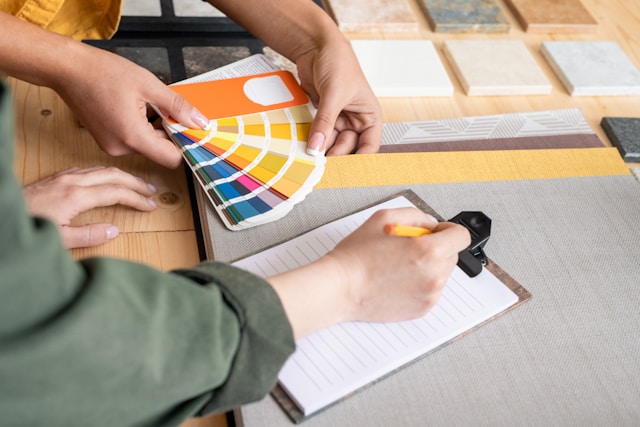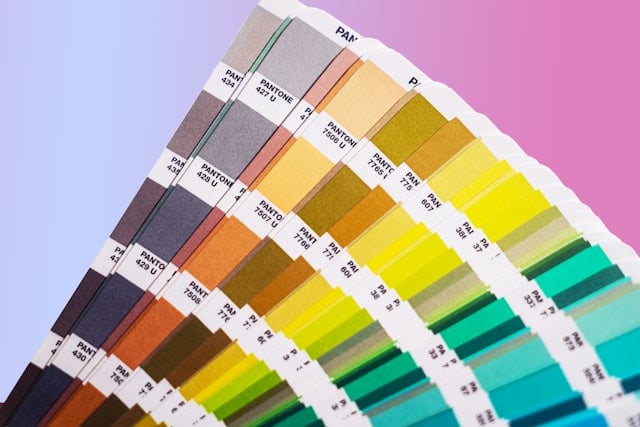Managing Customer Expectations: Enhancing Trust in Online Color Selection
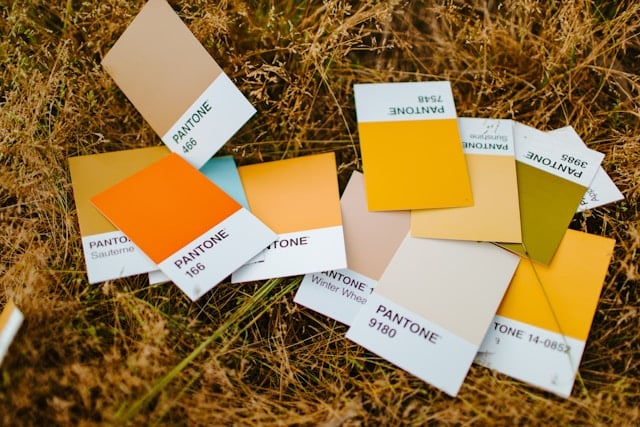
In the world of online shopping, especially for items where color precision is critical, managing customer expectations is key to building trust and ensuring satisfaction. Given the inherent challenges of color matching in digital environments—where screen variations, lighting conditions, and material differences all play a role—being transparent with customers about potential color discrepancies can help set realistic expectations. Additionally, offering personalized guidance, such as color consultations, enhances the customer experience by providing expert support through the color selection process. Together, these practices create a sense of trust and reliability, which are essential for maintaining long-term customer relationships.
1. Transparency: Setting Realistic Expectations for Color Variations
Clear Communication on Color Limitations: Informing customers upfront about the potential for color variations between what they see on their screen and the actual product is a proactive approach to managing expectations. A simple disclaimer stating that colors may appear differently on various devices due to screen technology, brightness settings, and ambient lighting can prepare customers for potential differences. This level of transparency demonstrates that the brand values honesty, allowing customers to make informed decisions.
Explaining Digital Limitations in Color Representation: For customers who may not be familiar with the technical limitations of digital color representation, a brief explanation of why screens cannot always capture the true depth and nuances of physical colors can be helpful. Terms like "color accuracy," "screen calibration," and "lighting environment" can be explained in straightforward language, helping customers understand why some degree of variation is normal. This can alleviate customer concerns and prevent misunderstandings when they receive their products.
Showcasing Colors Under Varied Lighting in Product Imagery: One way to illustrate potential color variations is by including images of the product in multiple lighting conditions—such as natural daylight, warm indoor lighting, and cooler artificial light. These visual examples allow customers to see how the color may shift based on lighting, setting more realistic expectations. This approach also helps customers imagine how the product might look in their own space, where lighting conditions are likely to vary throughout the day.
2. Personalized Color Consultations: Expert Guidance for Confident Choices
The Value of a Dedicated Color Consultant: Offering personalized color consultations is an invaluable service that can significantly enhance the customer's purchasing experience. With an expert guiding the selection process, customers receive tailored recommendations, answers to specific questions, and advice on color coordination based on their unique needs. For customers hesitant about online color selection, a consultation can provide the reassurance they need to feel confident in their choices.
Virtual Consultations Using Interactive Tools: Virtual consultations can incorporate interactive visualization tools like Augmented Reality (AR) or 3D rendering, allowing the color consultant to demonstrate how various colors and materials would look together in the customer's space. During the consultation, the consultant can adjust colors, finishes, and textures in real time, providing a realistic preview that helps customers make informed decisions. This interactive experience makes the online shopping process more engaging and personalized.
Guidance on Material-Specific Color Variations: Color consultants can educate customers on the nuances of color matching across materials, explaining how factors like texture, finish, and light reflection impact color perception. For instance, a consultant might advise how a satin metal fixture could appear different from a matte fabric in the same color or suggest complementary shades that work harmoniously without needing an exact match. By explaining these distinctions, consultants help customers set realistic expectations and feel more prepared for the final result.
Addressing Concerns and Offering Alternatives: In cases where an exact color match across materials may not be possible, color consultants can offer alternatives that achieve a similar aesthetic. They can suggest different shades or finishes that complement the customer's desired palette, ensuring the final design remains cohesive and visually appealing. This collaborative approach helps customers feel involved in the decision-making process, reducing the likelihood of disappointment and promoting satisfaction.
3. Customer Support and Flexible Return Policies for Color-Sensitive Purchases
Clear Return and Exchange Policies for Color Variations: Offering a flexible return policy that accounts for color-sensitive purchases demonstrates a commitment to customer satisfaction. A well-defined return or exchange policy, specifically for instances where the color does not meet expectations, can provide customers with peace of mind. If exact matches across materials are essential to the customer's project, knowing they have options to return or exchange items can encourage them to move forward with confidence.
Encouraging Sample Orders for Color Validation: For customers especially concerned about color matching, encouraging them to order samples or swatches before purchasing full-sized products can be a practical solution. By offering samples at a minimal cost (or free for larger orders), customers can assess the colors in their space and make necessary adjustments before committing to the final purchase. This process can reduce the need for returns and build a foundation of trust and satisfaction.
4. Building Long-Term Trust Through Transparent Practices
Providing Consistent and Accurate Information Across Platforms: Maintaining consistent color information across the company website, social media channels, and digital ads builds credibility. Using standardized color codes (like Pantone or RAL) across product listings and promotional materials helps reinforce color accuracy. When customers see the same color consistently represented across all platforms, they gain confidence in the brand's commitment to reliability.
Educating Customers on Color Trends and Best Practices: Publishing blog posts, tutorials, or educational content about color theory, lighting considerations, and color matching positions the company as a trusted resource for color-related guidance. Offering tips on how to match materials in an online environment or discussing how to incorporate trending colors into a cohesive design helps customers make informed choices and builds a deeper connection with the brand.
By prioritizing transparency and offering personalized guidance through color consultations, online retailers can foster a more trustworthy and satisfying shopping experience. Setting realistic expectations through honest communication and providing expert support during the color selection process empowers customers to make confident choices. Together, these practices build a foundation of trust and credibility that encourages customers to return for future purchases, transforming a potentially uncertain online experience into a rewarding and reliable journey. As we look toward the future, it's clear that technology will continue to play a pivotal role in addressing the challenges of online color matching. In our next and final article, "The Future of Online Color Matching," we'll explore how emerging technologies like AI-powered color matching, Virtual Reality (VR), and advanced screen calibration tools are poised to revolutionize the industry. These innovations promise to enhance accuracy and user experience, bringing designers, architects, and customers closer to achieving true color consistency across different materials and devices. Stay tuned to discover how these advancements will shape the future of online shopping for color-sensitive products.


